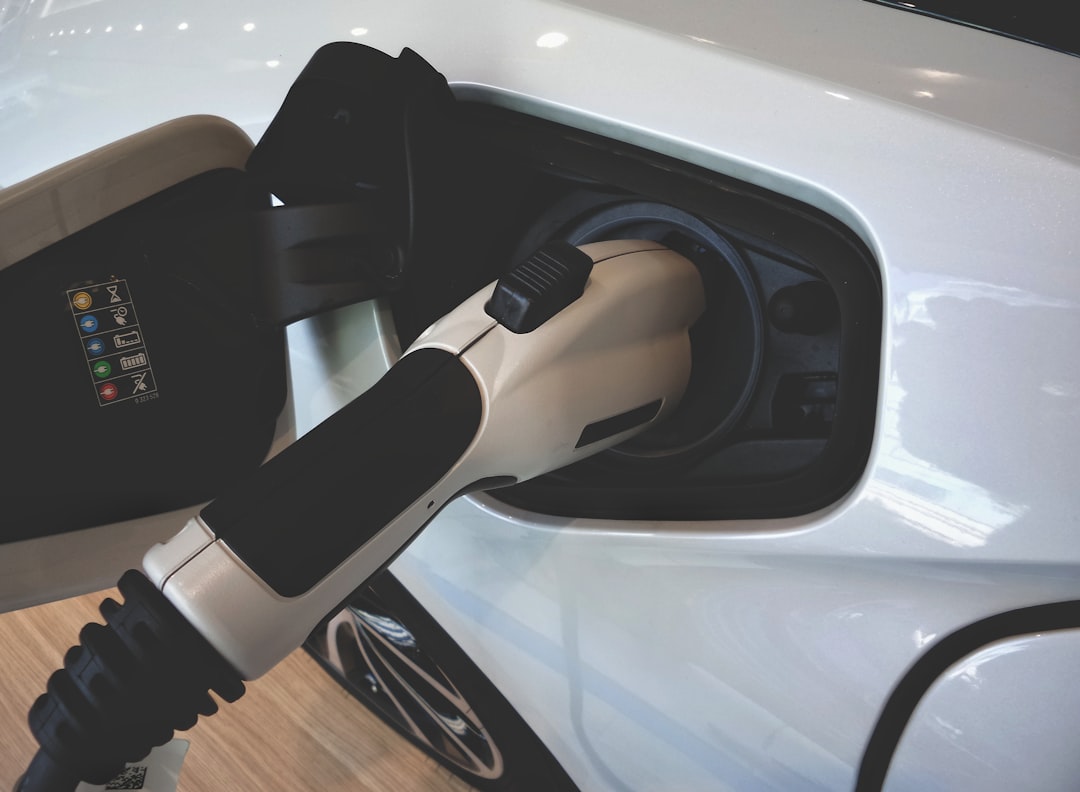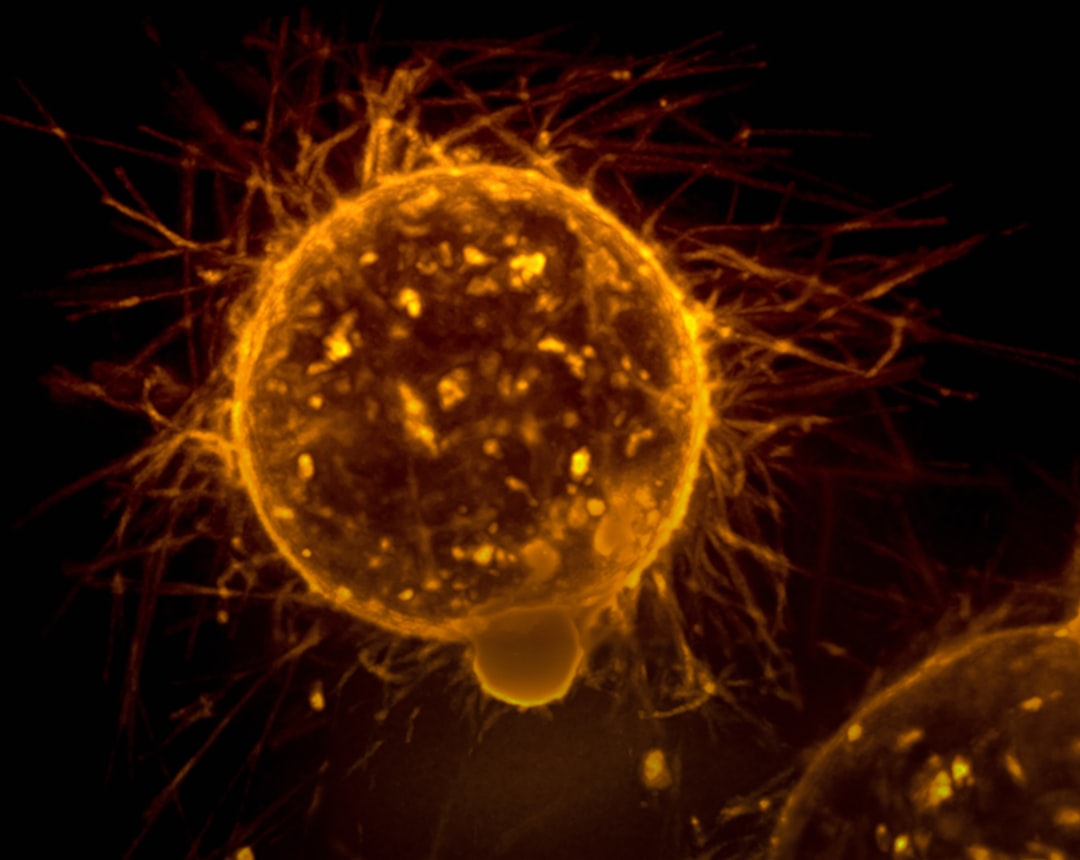What is it about?
In the present research polyvinylidene fluoride was modified by loading the ceramic titanium boride (TiB2) through sonication route. The structure, morphology, thermal, dielectric and softness properties were disclosed as a function of TiB2 weight fraction composition. The decreased interplanar distance d (Å) and increased crystallinity D (Å) confirmed by X-ray diffraction technique. The C=C stretching band is shifted due to loading (wt%) of TiB2 confirmed by Fourier transform infrared spectroscopy. Electronic structure (π–π* transition at λ = 271 nm) demonstrated the decrease in direct band gap
Featured Image
Why is it important?
In the present research polyvinylidene fluoride was modified by loading the ceramic titanium boride (TiB2) through sonication route. The structure, morphology, thermal, dielectric and softness properties were disclosed as a function of TiB2 weight fraction composition. The decreased interplanar distance d (Å) and increased crystallinity D (Å) confirmed by X-ray diffraction technique. The C=C stretching band is shifted due to loading (wt%) of TiB2 confirmed by Fourier transform infrared spectroscopy. Electronic structure (π–π* transition at λ = 271 nm) demonstrated the decrease in direct band gap (Eg)
Perspectives
In the present research polyvinylidene fluoride was modified by loading the ceramic titanium boride (TiB2) through sonication route. The structure, morphology, thermal, dielectric and softness properties were disclosed as a function of TiB2 weight fraction composition. The decreased interplanar distance d (Å) and increased crystallinity D (Å) confirmed by X-ray diffraction technique. The C=C stretching band is shifted due to loading (wt%) of TiB2 confirmed by Fourier transform infrared spectroscopy. Electronic structure (π–π* transition at λ = 271 nm) demonstrated the decrease in direct band gap (Eg)
Professor GIRISH M JOSHI
Institute of Chemical Technology
Read the Original
This page is a summary of: High performance of fluoro polymer modified by hexa-titanium boride nanocomposites, Journal of Materials Science Materials in Electronics, December 2017, Springer Science + Business Media,
DOI: 10.1007/s10854-017-8431-z.
You can read the full text:
Contributors
The following have contributed to this page










